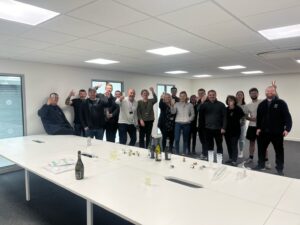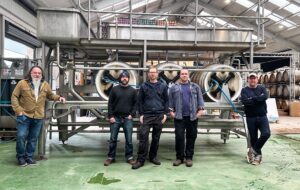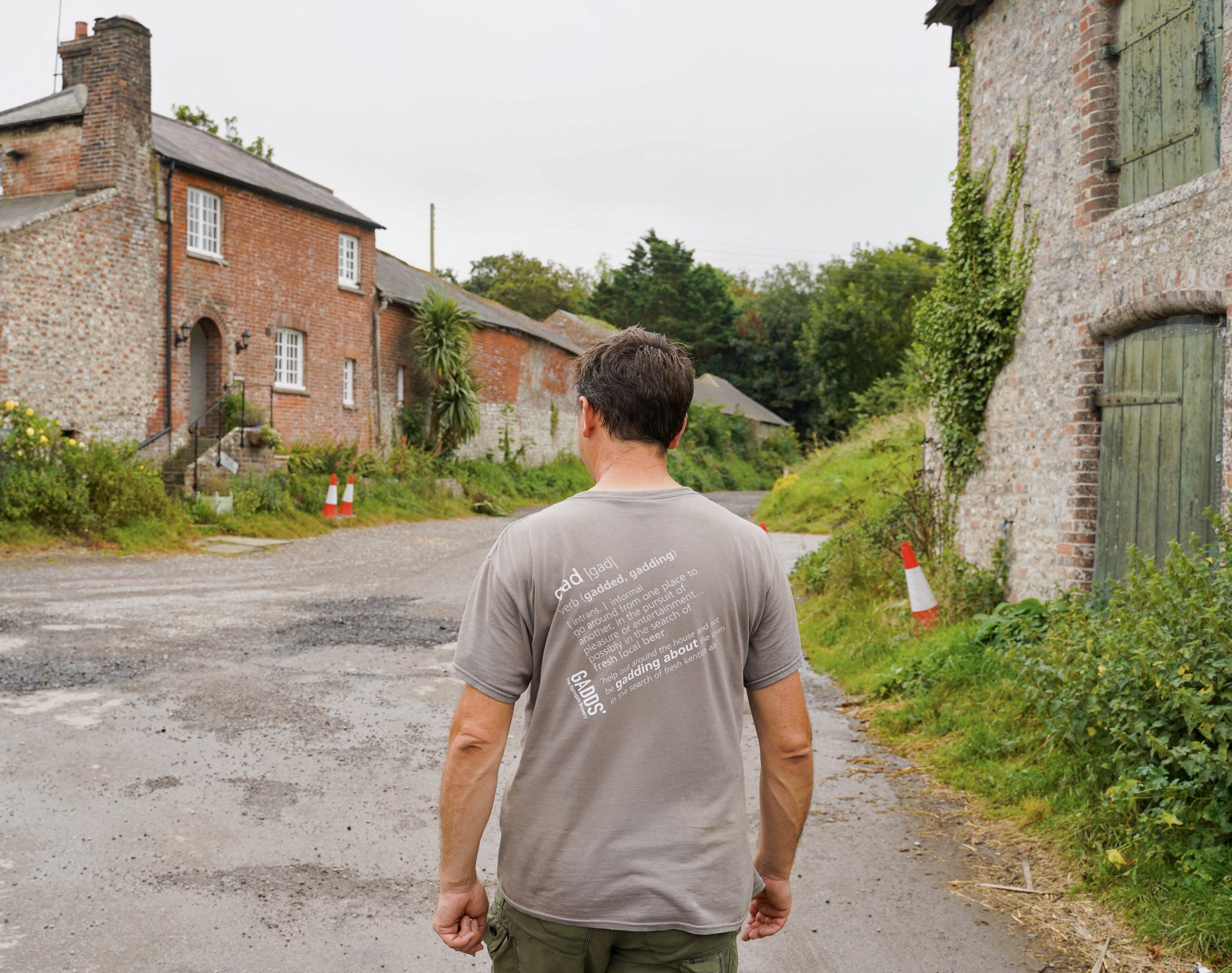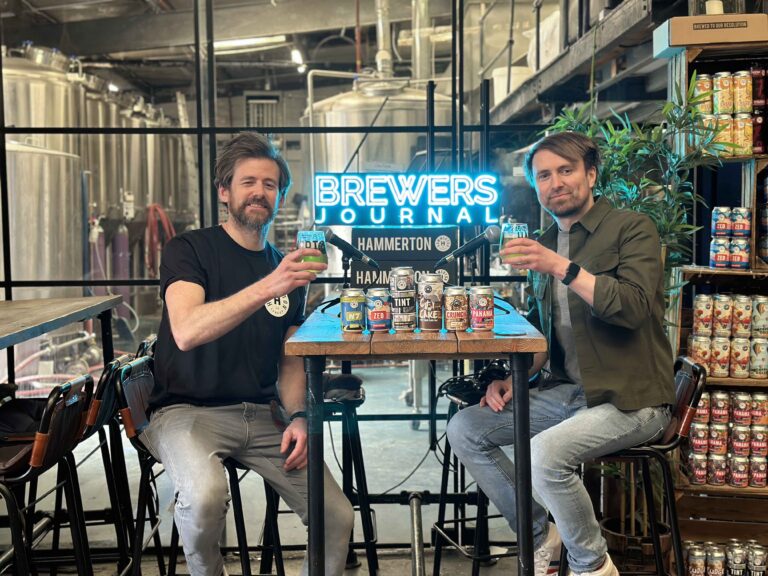If we can collectively start to see what has previously been unseen, robustly turn the reusable into reused, take the circular into sustainable then we’ll start to accelerate the dial in brewing and hospitality becoming more efficient and effective by doing much more with much less, explains Christian Barden, the CEO for the UK & Europe at Konvoy.
Australia’s best tap beer Carlton Draught has revived its tradition of epic ad campaigns with an unashamed tribute to the pub and the iconic keg. If you haven’t seen it, the new campaign is titled Long Live The Keg.
It’s a great reminder of an unsung hero, the workhorse of the global hospitality industry and one of the key components behind some of the best moments and memories with friends and family many of us have ever had.
Building beer brands relies on “bar call” and “the brand showcase” of the font, glass, serve and ceremony that pubs and bars deliver everyday all over the world.
For thousands of years the hard yards between the brewery and bar to make all that magic happen is the keg and cask. We’d be lost without glass bottles, aluminium cans, plastic kegs, metal tanks but the stainless-steel keg is an icon.
Here’s the keg conundrum that’s led me to my 3rd keg solutions company in the last 10 years; global beer has been in decline since 2013; the shift from on trade to off trade consumption continues and was accelerated due to COVID; stainless steel kegs and casks have a 30-year lifespan and yet demand for new stainless steel and plastic kegs remains high.
Here’s the sobering reason why; the British Beer & Pub Association (BBPA) estimate keg and cask losses in the UK at £50m each year and “the Brewers Association estimates that each US brewery loses between 3%-5% of its kegs each year. With each keg costing around $100, US brewers are losing between $60M-$100M annually. Global keg losses are estimated to cost the industry between $300m and £500m each year.”
It’s clear that despite a ton of good intent, studies and resources that static spreadsheet, portal, RFID, QR code, deposit, route-to-market data tracking are not enough to solve the industry wide problem of lost and idle kegs and casks. Finance colleagues would remind us all that “it’s not a sale until the customer has paid.” When it comes to a stainless steel keg, we need to add it should be “…and that unique keg is back when we need it.”
“If we don’t like change then we’ll like irrelevance even less” and for very good reasons ESG, CSR, EDI, Industry 5.0 are all wide-ranging concepts to create positive change across business. If that thinking gets as far as kegs and casks and saves the next one from becoming orphaned or MIA, then they’re good places to start.
Doing keg’s is tough, which is why we have collectively cycled through similar habits around the world rather than solve the problem. We’d fall in love with the problem quicker if we totally understood the full cost of a keg trips which ranges from cost of capital, amortisation, lost, idle, tracking, tracing, chasing, insurance, no stock on and replanning production because of it.
Having limited access to capital to buy replacements or being taxed on the size of “scope 3” carbon emissions are a couple of other good reasons for doing things differently. Then there’s doing our bit to save the planet because reusable now must be reused thousands of times over.
We like to think that our beloved beer and beverage industry is unique but there are millions of condition-based products and assets being shipped every second of the day and they all face similar problems.
Christian Barden, Konvoy
Many other products would do anything to have something even like the tried, tested and proven stainless-steel keg and they’d use it as a force of good. But a stainless-steel keg that delivers the emotional, social and governance goals responsibly, that gets used twice a year for five years falls a long way short of the environmental goals.
We like to think that our beloved beer and beverage industry is unique but there are millions of condition-based products and assets being shipped every second of the day and they all face similar problems. Many of the core problems can and will be solved with real-time visibility of location, motion and temperature using today’s smart technology.
It’s the same smart technology that many consumers use to track Amazon orders, see it delivered to the front with smart doorbells and, as brewing and hospitality operators, we use to see key metrics in the brewery, on the trucks and in the venues.
Smart technology built on the Internet of Things, or IoT, describes the network of objects embedded within sensors, software and other technology for the purpose of connecting and exchanging data with other devices over the internet. There are already an estimated 15 billion IoT-enabled devices in operation across the globe, with billions more to come in the next few years.
The team in our latest keg-venture, Konvoy, is so committed to circularity and quality of draft stainless-steel keg beer that we’ve created highly advanced smart technology enabling us and our customers to track the location, temperature, and motion of each keg with no manual scanning or manual data entry required.
Our ever-expanding population of 150,000 devices, and our IoT competitors in this space, are already tracking millions of keg events every day around the world. The visibility of those events allows us all to now see, understand, plan, do and act upon our keg problems.
If we can collectively start to see what has previously been unseen, robustly turn the reusable into reused, take the circular into sustainable then we’ll start to accelerate the dial in brewing and hospitality becoming more efficient and effective by doing much more with much less.









